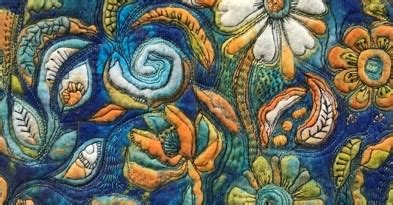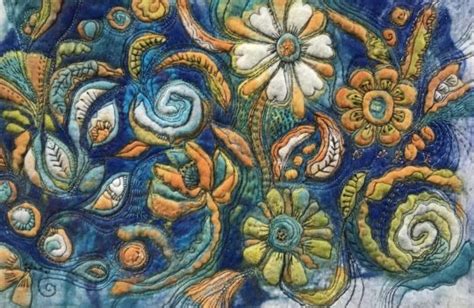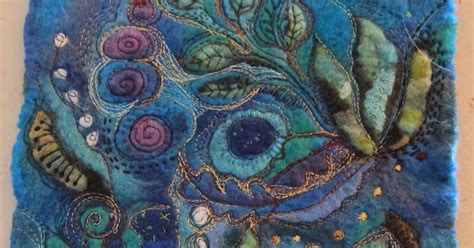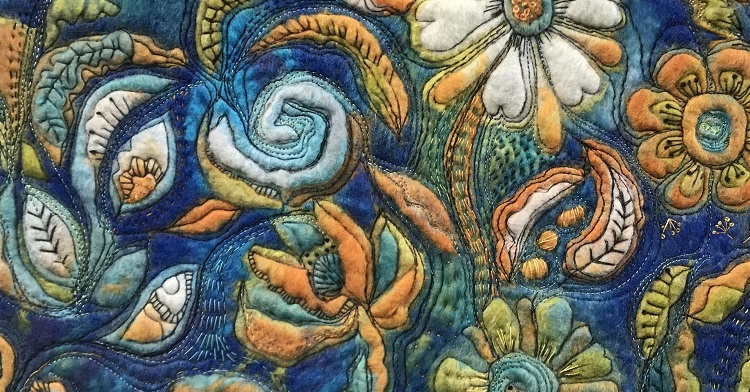Abstract art is a fascinating and expressive form of visual creativity that breaks away from traditional representations, allowing artists to communicate emotions and ideas through color, form, and texture. This art style challenges conventional perceptions, offering limitless possibilities for unique artistic expressions. In this article, we will dive into the world of abstract art, exploring its definition and key characteristics. We will also examine various techniques used by abstract artists, discover sources of inspiration, and provide helpful tips for those who wish to embark on their own abstract art journey. Finally, we will highlight the important role that elements like color, form, and texture play in creating captivating abstract artworks.
Join ugodj.com as we delve deeper into this topic.
1. Understanding Abstract Art: Definition and Key Characteristics
Abstract art is a genre that diverges from the goal of accurately portraying reality. Instead, it utilizes shapes, colors, forms, and expressive marks to create its impact. Unlike traditional art, which often emphasizes realistic portrayals of people, landscapes, or objects, abstract art centers on employing visual language to communicate emotions, concepts, or ideas. It encourages viewers to delve beyond the surface and interpret meaning on a personal and subjective level.
Abstract art is defined by its focus on lines, forms, and colors, rather than representing recognizable objects or figures. This approach can manifest in various ways, from the structured precision of geometric shapes and patterns to the fluid, expressive forms that appear spontaneous or even chaotic. Artists exploring abstract art often experiment with different textures, compositions, and contrasts to evoke specific emotions or moods within the viewer.
Abstract art is characterized by its ability to communicate in a universal language. Without specific subjects, viewers experience the artwork on an instinctive and emotional level. This freedom makes abstract art versatile and open to interpretation, providing artists with countless ways to express their creativity without the limitations of realism. Whether subtle or bold, abstract art remains a powerful medium for expressing personal and artistic freedom.

2. Exploring Various Techniques Used in Abstract Art Creation
Abstract art provides a canvas for artists to explore a vast array of techniques, allowing them to express their creativity in unique ways. One popular method is action painting, where artists utilize dynamic, spontaneous brushstrokes or even splashes of paint to create energetic and flowing works. Another approach is geometric abstraction, which employs precise shapes, lines, and patterns arranged in a manner that conveys a sense of structure and order.
Artists often employ mixed media, blending diverse materials like paint, fabric, and found objects to imbue their creations with texture and depth. Palette knife painting, a technique that substitutes a knife for a brush, yields bold, textured results. Collage, another versatile method, integrates various elements such as paper, photographs, or textiles into a unified artwork.
Layering, blending, and dripping are frequently employed techniques, enabling artists to construct intricate compositions with complex forms. These methods provide abstract artists with a diverse set of tools for exploring their emotions and visions through non-traditional artistic expression.

3. Sources of Inspiration for Abstract Artists
Abstract artists find inspiration in a diverse range of sources, often uncovering beauty and meaning in unexpected places. Nature frequently serves as a muse, with artists translating its forms, colors, and movements into non-representational art. The fluidity of water, the intricate patterns of leaves, or the ever-changing hues of a sunset can all be transformed into abstract shapes, textures, and color palettes.
Emotions and personal experiences act as potent catalysts for abstract creativity. Many artists utilize their work as a means to express inner thoughts, feelings, or memories, enabling them to create pieces that resonate deeply on an emotional level. Music, particularly instrumental or experimental genres, frequently inspires abstract compositions, with artists translating the rhythm, tempo, and mood into visual form.
Abstract art, as a movement, serves as a historical and stylistic bedrock for countless artists. Pioneers like Wassily Kandinsky and Jackson Pollock remain influential figures, captivating audiences with their daring techniques and profound philosophical interpretations of abstraction. Driven by a desire to push creative boundaries, some artists are inspired to constantly explore new techniques, materials, and forms, ultimately breaking free from the constraints of traditional art conventions.
Moreover, commonplace objects, architectural structures, and even cutting-edge technology serve as potent sources of inspiration for abstract thought. These elements provide artists with an inexhaustible wellspring of possibilities to translate their perceptions of the world into unbound, abstract visual expressions.

4. Tips for Beginners: How to Start Creating Abstract Art
Embarking on a journey with abstract art can be thrilling for beginners, offering a vast playground for freedom and experimentation. The first step is to release the desire for perfection and recognizable forms. Abstract art thrives on expressing feelings, ideas, and moods, so concentrate on the interplay of colors, shapes, and lines rather than striving for realism.
Embrace experimentation with a range of materials and techniques. Explore using brushes, palette knives, or even your own hands to apply paint, and experiment with different media like acrylics, watercolors, or mixed media. Don’t hesitate to play with texture by incorporating elements such as sand, fabric, or thick layers of paint.
Color plays a crucial role in abstract art. Begin by exploring a restricted palette to grasp the interplay between various hues, or employ striking contrasts to stir emotions.
Drawing inspiration from your surroundings, emotions, or other artists is essential. However, it’s crucial to ensure your work reflects your unique perspective. Regular practice is key, and embracing mistakes is an integral part of the creative journey. Every attempt allows you to refine your individual style and voice as an abstract artist.
5. The Role of Color, Form, and Texture in Abstract Artworks
Abstract art relies heavily on the elements of color, form, and texture to create its impact and meaning. Color plays a vital role in conveying emotions and setting the mood. Bold, contrasting hues are often used to evoke visual excitement, while subtle gradients can convey a sense of tranquility. The artist’s choice of colors profoundly influences the viewer’s emotional response and helps communicate the artist’s intended message.
Form, a crucial element in art, encompasses the shapes and structures within a piece. Abstract artists employ form to generate rhythm and movement, guiding the viewer’s gaze across the canvas. Forms can range from geometric and precise to organic and fluid, reflecting the artist’s intention. The arrangement of these forms can establish balance, tension, or harmony within the artwork.
Abstract art gains an extra dimension through texture. Artists achieve this by using diverse materials or applying paint in unique ways, resulting in tactile surfaces that encourage viewers to interact with the artwork more physically. Texture enhances the visual impact, creating a sensory experience that harmonizes with the use of color and form. This interplay of elements contributes to the creation of abstract pieces brimming with visual and emotional complexity, allowing viewers to engage with the artwork on a deeper level.
Abstract art offers a unique and expressive way to explore creativity beyond traditional representations. By understanding its key characteristics and experimenting with various techniques, artists can create powerful, emotion-driven works. Inspiration can come from nature, personal experiences, or historical movements, providing endless possibilities for innovation. For beginners, embracing color, form, and texture is essential to developing a distinctive style. Abstract art’s beauty lies in its ability to evoke personal interpretations and connect with viewers on a deeper level. As you embark on your artistic journey, let your imagination guide you and enjoy the freedom of expression.
ugodj.com

